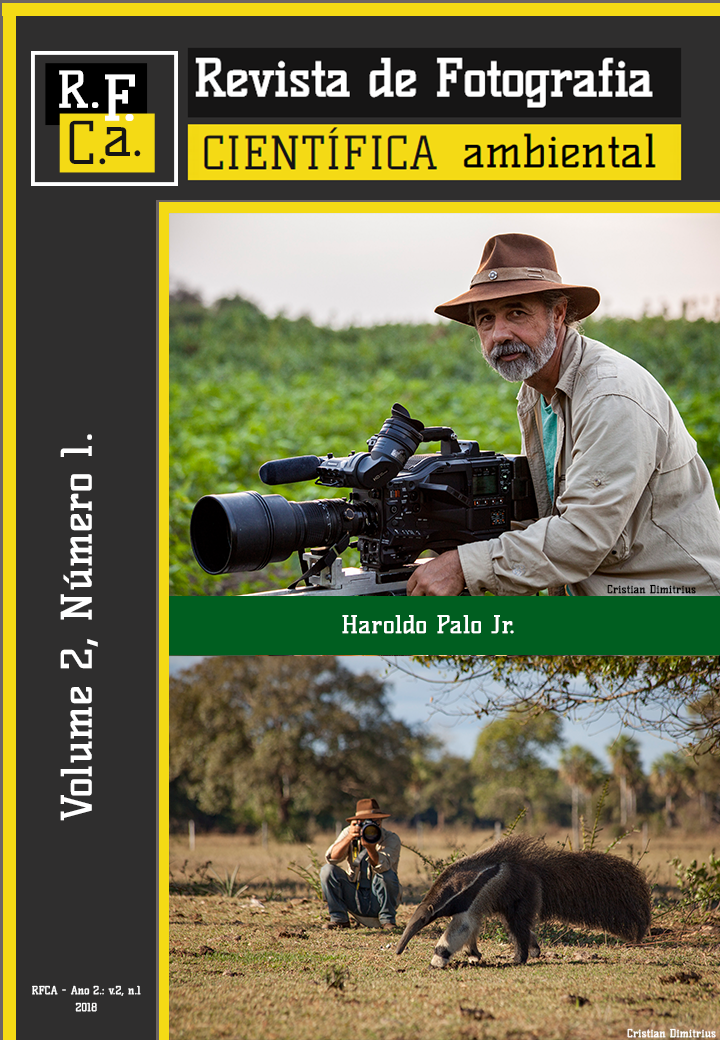Flower-visiting arthropods: Chrysanthemum leucanthemum Linnaeus, 1753 (Asteraceae) as an attractor for photographic record
DOI:
https://doi.org/10.12957/rfca.2018.36673Keywords:
ecological interactions, insects, photography, pollination, predation, spidersAbstract
Arthropod-plant interactions are one of the most studied relations in nature. More than 80% of angiosperms rely on animals, especially insects, for their pollination, and in turn plants provide nectar and pollen as alimentary resources for their visitors. Non-pollinating invertebrates, like spiders, can also benefit from flowers by preying on other organisms that visit the plant. Flower-visiting arthropods can be easily captured in photographs, which can help register their occurrence and behavior. Thus, this study aimed to record and identify arthropods visiting Chrysanthemum leucanthemum using photographic methods. A single clump of daisy flowers was constantly observed to assess the composition of its visiting arthropods, which were recorded using a digital SLR camera Canon EOS 550 D. Twenty-one arthropods were registered visiting the flower clump, including eight spiders and 13 insects of the orders Coleoptera, Diptera, Hymenoptera and Hemiptera. At least three insects were registered feeding on the nectar and other three transporting pollen. Five spiders were registered hiding between or under the petals of the flowers, one among the leaves, and two were registered with their webs, illustrating their sit-and-wait behavior. Moreover, four spiders were also recorded in the moment they attacked their insect preys. These photographic records exemplify the variety of interactions among arthropods and plants, as well as the central role of an Asteraceae flower clump in the richness of arthropods and as an attractor for registering the feeding behavior of insects and spiders in this microenvironment.Downloads
Published
2018-11-01
How to Cite
Grillo, A. C. (2018). Flower-visiting arthropods: Chrysanthemum leucanthemum Linnaeus, 1753 (Asteraceae) as an attractor for photographic record. Revista De Fotografia Científica Ambiental, 2(1), 27–33. https://doi.org/10.12957/rfca.2018.36673
Issue
Section
Short Communication
License

This journal is licensed under a Creative Commons Attribution-NonCommercial-NoDerivatives 4.0 International License.

